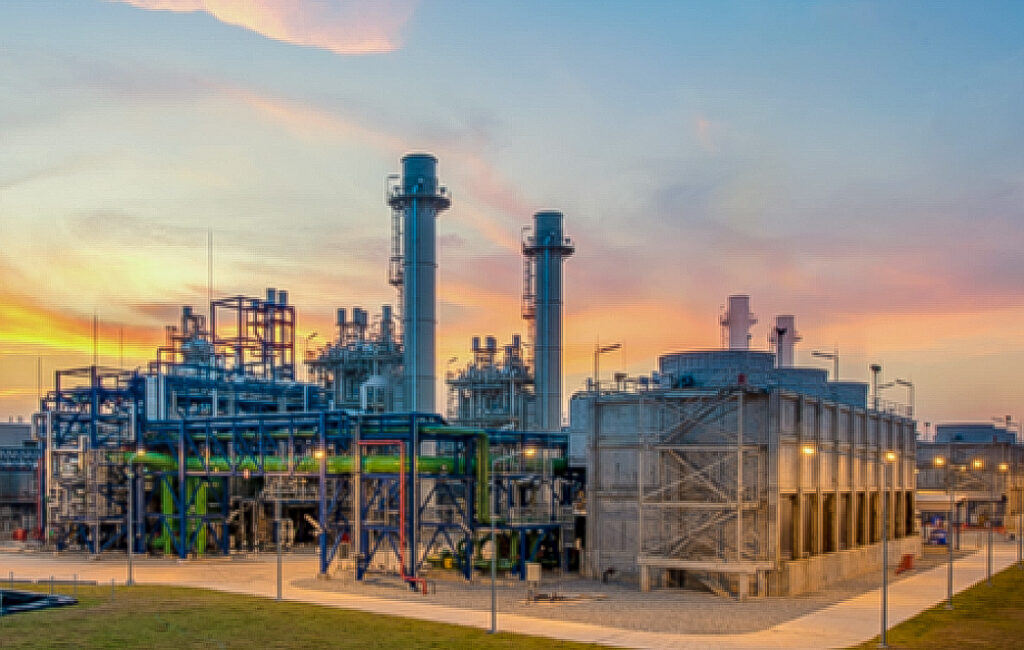“Proper boiler operation is a carefully orchestrated symphony of temperature, pressure, water, fuel, and steam… controlled by a bunch of instruments we call valves,” explains a blog post from WARE, a boiler rental and service company.
What are Temperature Control Valves? How do They Work?
Sometimes called Temperature Regulators, Temperature Control Valves (TCVs) control fluid temperatures in steam systems. Temperature control valves, written in an article by GMS Instruments, an instrumentation specialist, are built “to control temperatures in the heat recovery loop, assuring proper engine cooling and maximizing heat recovery… to provide the process with the optimal temperature and therefore preventing costly downtime.”
What are the Types of Temperature Control Valves?
Temperature control valves are either Self-Actuated or Externally Actuated. Self-actuating temperature control valves, or self-operated temperature regulators, work without an external power source. Some companies call these valves Thermostatic Control Valves because they operate similarly to thermostatic steam traps. Click here to read our blog on steam traps.
The resource page from Jordan Valve mentioned above explains that self-actuated TCVs “use thermally sensitive material that expands and contracts with temperature changes. The expanding and contracting results in movement of the actuator to adjust the valve position and change the flow path of the thermal fluid to the heating element.” Using this type of temperature control valve makes the steam process less costly.

Externally actuated temperature control valves require an external source to run as part of a more complex system. Externally actuated control valves use a probe to sense temperature changes in the system. The same GMS Instruments article What is a Temperature Control Valve explains, “The probe sends a signal to a control panel to open or close the valve ports using an external power source.” The power source is electric, pneumatic, or a combination of both systems. This control valve is more accurate than the latter.
What are the Applications of Temperature Control Valves?
Business owners looking for a boiler need to find a system built in a way that functions well in their work environment. People typically use self-actuated temperature control valves in dirty or hazardous environments unsuitable for power sources. An informational page on the steam advisor, Spirax Sarco, website reports that HVAC (heating, ventilation, and air conditioning) systems like “Domestic hot water and heating services in nursing homes, hospitals… and schools, prisons-” occasionally use self-actuated control valves. For a more in-depth list of self-operating control valve applications, please visit https://bit.ly/47OPEcy.
QRC Valves, an engineering technical support company, writes that externally actuated control valves “are typically used in process systems where open and close operations are required” in an online article named Actuated Valves. Engineered Energy Equipment heating specialists recommend equipment manufactured by Sterlco or Sterling for temperature control valves and, generally, boilers. If you need to replace a temperature control valve or find an entire boiler system for your home or business, it is always wise to consult a professional. We are here to help everyone located in Central Florida!
References
- https://www.wareinc.com/helpful-resources/blog/control-the-flow-boiler-valves-controlling-the-flow-of-steam
- https://www.wareinc.com/
- https://www.jordanvalve.com/
- https://www.transmittershop.com/
- https://www.transmittershop.com/blog/temperature-control-valve-definition-and-working-principle/
- https://www.jordanvalve.com/resource/how-temperature-regulators-and-control-valves-work/
- https://gms-instruments.com/what-is/what-is-a-temperature-control-valve/
- https://gms-instruments.com/
- https://www.spiraxsarco.com/
- https://bit.ly/47OPEcy
- https://qrcvalves.com/
- https://qrcvalves.com/actuated-valves/
- https://eeeinc.net/
- https://www.sterlcosteam.com/
- https://www.sterlco.com/

